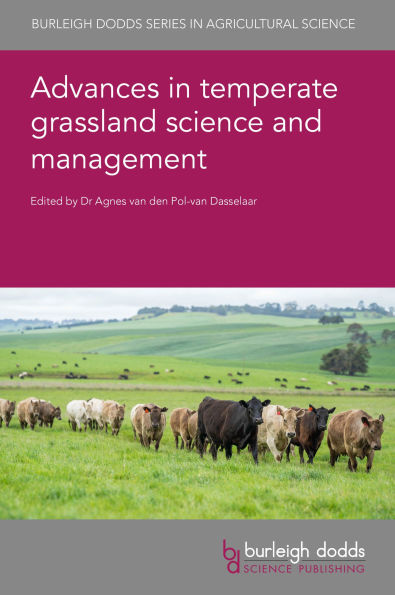While grasslands face a number of challenges, such as encroachment from intensive farming and the impact of climate change, there is a growing recognition of the key role they can play in supporting the transition to more resilient, sustainable and circular agricultural systems.
Advances in temperate grassland science and management reviews the wealth of research addressing these challenges and opportunities, focussing on the role of grasslands in agricultural systems and, in particular, in improving livestock health and product quality. It summarises recent research on grassland composition and management in optimising the contribution it can make, including regional case studies on grassland management in practice.
This book builds on a successful earlier volume by Burleigh Dodds Science: Improving grassland and pasture management in temperate agriculture (2018).
While grasslands face a number of challenges, such as encroachment from intensive farming and the impact of climate change, there is a growing recognition of the key role they can play in supporting the transition to more resilient, sustainable and circular agricultural systems.
Advances in temperate grassland science and management reviews the wealth of research addressing these challenges and opportunities, focussing on the role of grasslands in agricultural systems and, in particular, in improving livestock health and product quality. It summarises recent research on grassland composition and management in optimising the contribution it can make, including regional case studies on grassland management in practice.
This book builds on a successful earlier volume by Burleigh Dodds Science: Improving grassland and pasture management in temperate agriculture (2018).

Advances in temperate grassland science and management
600
Advances in temperate grassland science and management
600Related collections and offers

Product Details
| ISBN-13: | 9781801469036 |
|---|---|
| Publisher: | Burleigh Dodds Science Publishing |
| Publication date: | 10/28/2025 |
| Series: | Burleigh Dodds Series in Agricultural Science , #169 |
| Sold by: | Barnes & Noble |
| Format: | eBook |
| Pages: | 600 |
